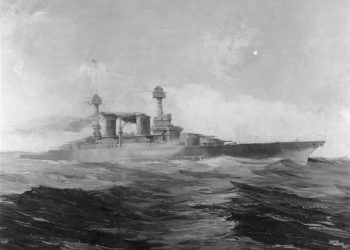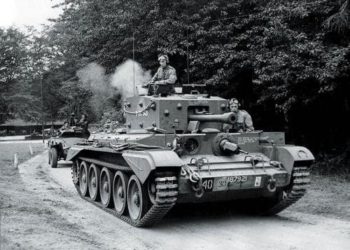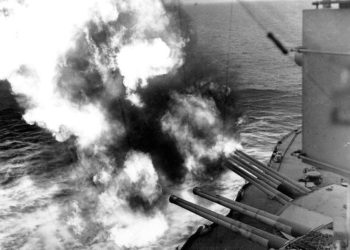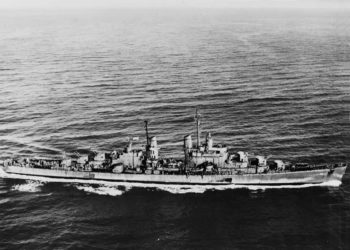ROC Ning Hai and Ping Hai: The Republic of China Navy’s Early Naval Forces
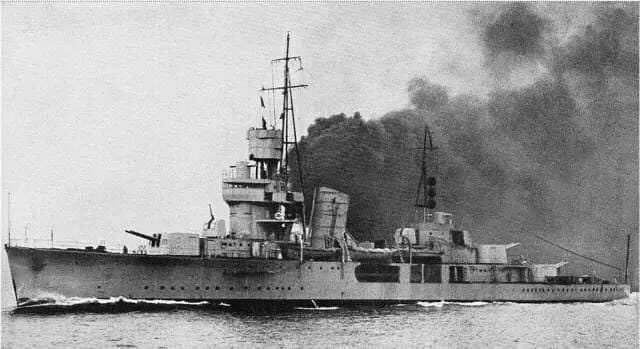
Not many people outside of China are aware of this, but Nationalist China did operate a small naval force prior to the outbreak of WW2.
In the 1930s, the Kuomintang government attempted to modernize the Chinese armed forces, and part of this plan included acquiring new vessels for the Republic of China Navy. At this point in their history, the Republic of China Navy was not a particularly large force and was still using vessels that once belonged to the Imperial Chinese Navy, all of which were obsolete and well past their prime.
Ambitions and Challenges of the ROCN
The ROCN envisioned a modern naval force that almost mirrored the major naval powers of the world, consisting of Destroyers, Cruisers, Coastal Submarines, and even Aircraft Carriers. But this was China in the 1930s, a very turbulent time where warlords ruled over parts of the country and the Economy would not allow for such big plans to happen. There was also the fact that the Kuomintang government was more focused on fighting these aforementioned warlords and uniting the country, so the Navy wasn’t really much of a priority for them.
Also, most countries were not willing to do business with China at this time, as they did not believe the new government would be able to pay for any new vessels. But oddly enough, the Japanese government stepped in and agreed to assist the Kuomintang with funding two new “Light Cruisers” for the ROCN.
The Construction of Ning Hai and Ping Hai
The design chosen was based on the Japanese light Cruiser Yūbari, which was an experimental design that, while small, still carried an impressive amount of Armament. Two ships were ordered, with one being built in Japan (Ning Hai) and the other built in China (Ping Hai).
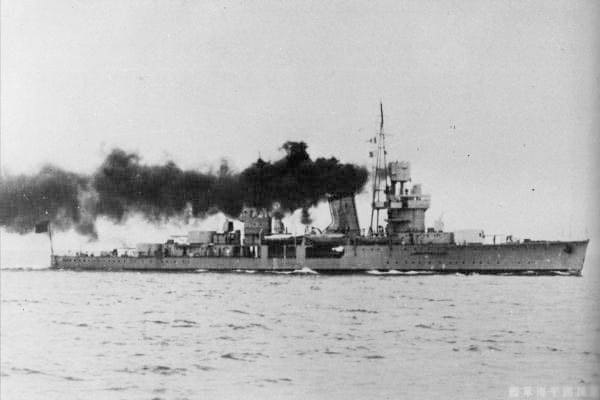
At a length of 110 meters and having a gross weight of 2526 tons, these light cruisers were small compared to what other nations operated. But they were armed with 6 x 14 cm/50 3rd Year Type naval guns as their main battery, with 6 x 8 cm/40 3rd Year Type naval guns, 4 x 22-inch torpedo tubes, and a healthy amount of Anti-Aircraft guns for a ship that size. The Ning Hai herself was also the first Chinese warship to have Aviation facilities on board, as she could carry a pair of Aichi AB-3 Float Planes. Though they had to be lowered into the water before being launched, as there was no catapult installed.
Issues and Performance of the Light Cruisers
But these vessels did have their issues. Their design made them “top-heavy” and unstable in rough seas. There was also the fact that, for cruisers, they were rather slow vessels with a top speed of only 22 knots. This was due to the triple-expansion engines used to power the vessels, which were obsolete. Still, the Ning Hai and Ping Hai were primarily coastal defense vessels, so these were not major issues for the Chinese.
Unfortunately, both vessels were sunk by Japanese aircraft in 1937, during the defense of the Kiangyin Fortress on the Yangtze River, and were eventually captured/salvaged by the Japanese later that year. Originally, they were to be transferred to the puppet government of Wang Jing-Wei, but went to the Imperial Navy of Japan instead and were renamed Ioshima (Ning Hai) and Yasoshima (Ping Hai).
The Fate of Ning Hai and Ping Hai
Unfortunately, both ships would not survive their time in Japanese service. The Ioshima was sunk by the submarine USS Shad in 1944, while the Yasoshima met her end at the hands of American carrier aircraft just a few weeks later.
~NC


